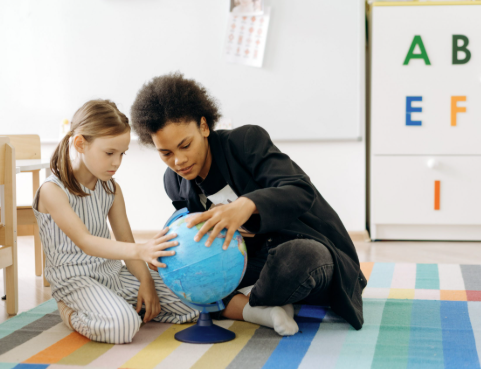Learning is most impactful when it is both enjoyable and meaningful. In 2025, with education taking place across traditional classrooms, virtual platforms, and hybrid environments, students benefit from methods that combine engagement with effectiveness. Making learning fun doesn’t mean sacrificing rigor—in fact, when learners are interested and motivated, they absorb information more deeply and apply it more confidently.
One of the simplest ways to make learning enjoyable is by incorporating variety. Alternating between different formats such as videos, games, hands-on projects, discussions, and readings keeps the brain active and reduces fatigue. For example, watching a documentary, building a model, or debating a topic can all reinforce academic concepts in creative ways.
Gamification is another powerful tool. By turning tasks into games or challenges, students experience a sense of achievement and excitement. Educational platforms like Kahoot, Quizizz, and Duolingo use points, badges, and leaderboards to encourage active participation. Teachers and learners can also create custom quizzes or competitions to make review sessions more dynamic.
Personal relevance adds meaning to learning. When students see how content relates to their lives, interests, or future goals, they are more likely to stay engaged. Encouraging learners to choose project topics, explore real-world applications, or connect lessons to their hobbies fosters ownership and curiosity.
Collaboration with peers can also boost both enjoyment and effectiveness. Group projects, study teams, and peer teaching opportunities allow students to share perspectives, support one another, and build communication skills. Working together can make complex subjects more approachable and fun.
Technology offers countless opportunities to enhance learning experiences. Interactive simulations, virtual labs, and augmented reality tools make abstract topics tangible. Educational apps and websites cater to diverse learning styles and can be used for both formal instruction and independent enrichment.
Incorporating movement and creativity is also key. Activities like drawing, role-playing, storytelling, or using physical models tap into different areas of the brain and make learning more memorable. For younger learners, songs, rhythm, and kinesthetic games can help reinforce foundational concepts.
Setting achievable goals and celebrating small wins contributes to motivation. Students should be encouraged to track their progress, reflect on achievements, and set new challenges. This approach not only builds confidence but also reinforces the habit of continuous learning.
Finally, creating a positive learning environment—whether in a classroom or at home—is essential. A supportive atmosphere that encourages questions, welcomes mistakes, and celebrates effort helps learners feel safe to explore and grow.
By combining creativity, choice, and structure, educators and students can transform learning into an engaging and effective experience. In an ever-evolving educational landscape, making learning fun is not a luxury—it’s a smart strategy for long-term success and lifelong curiosity.


